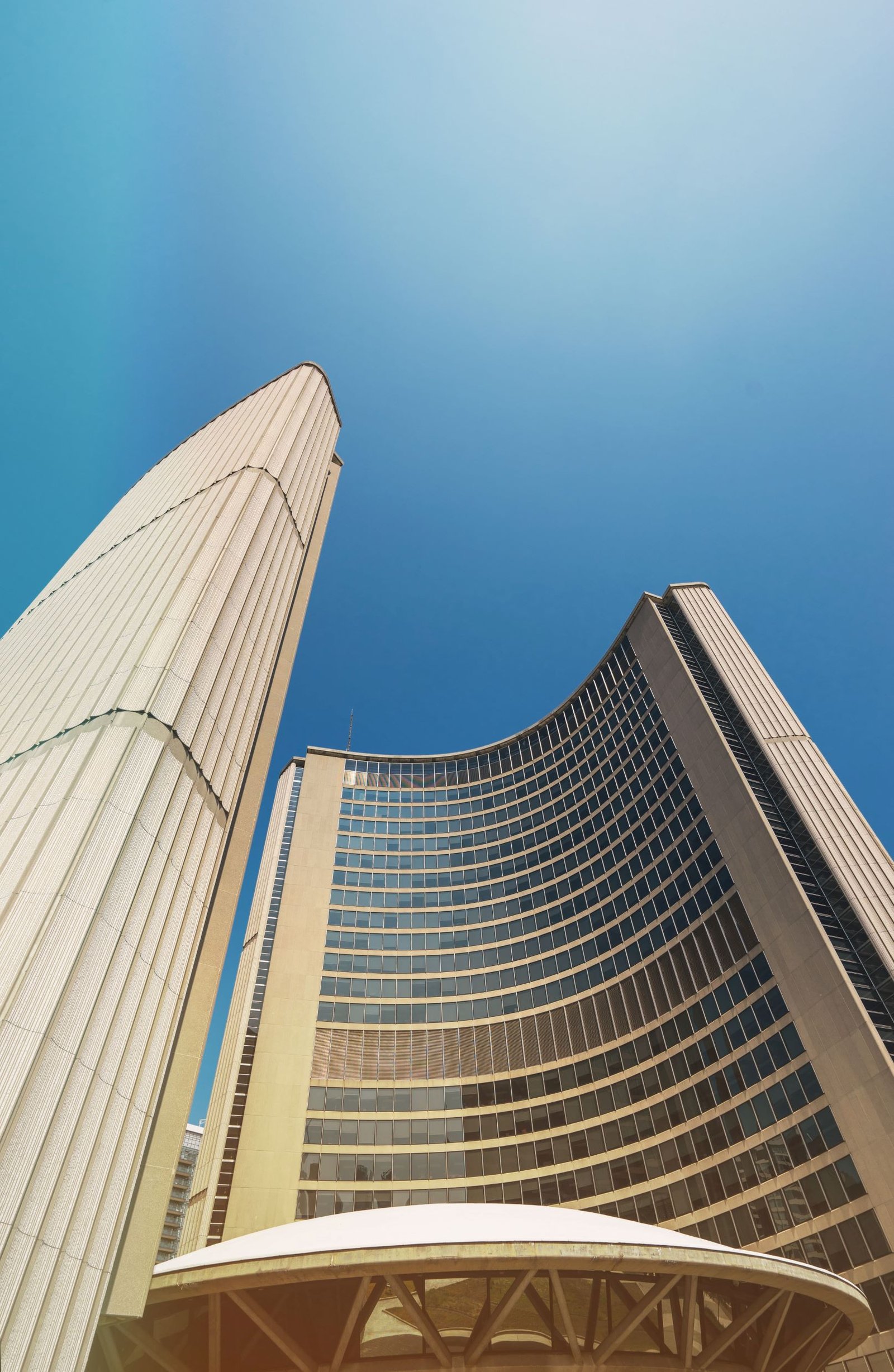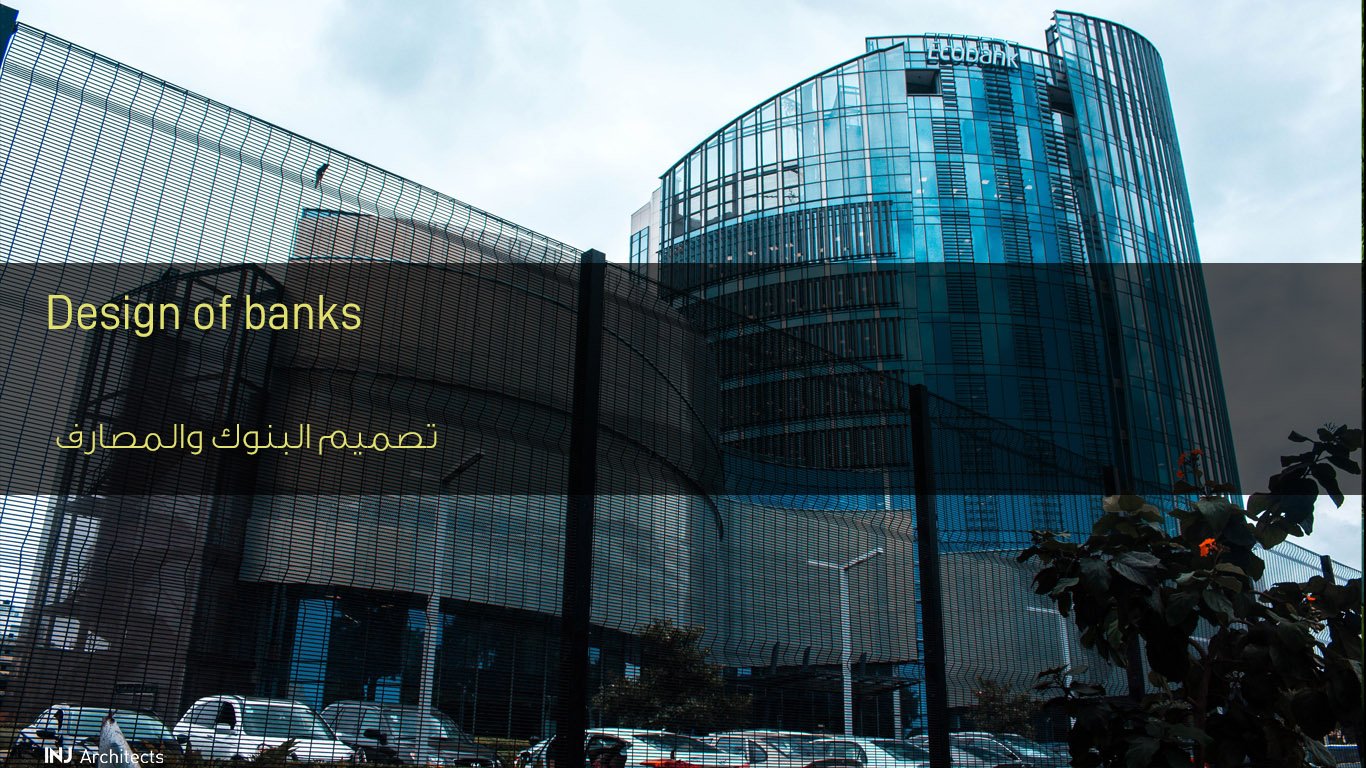Design of banks
Design of banks
When designing banks and banks, there are several considerations. There are many types of banks and banks in terms of the bank’s operational purpose, including a central bank, an investment bank, a commercial bank and a savings bank, all of which are based on serving the public in terms of financial transactions, and the same architectural style system appears in terms of design principles and considerations.
And because the banks competed for the clients, they realized the value of the architectural image that would attract the customers. They adopted great architectural forms mainly expressing wealth, integrity, endurance and confidence.
Banks design standards that the architect needs to consider:
With regard to the interior design of the bank:
- Streams of employee movement paths to reach the competent rooms, and places for workers to enter their offices are private only to them.
- Waiting halls for customers are comfortable, spacious and equipped with waiting seats and breakers to divide the spaces so that the roads that connect to the inquiry counters or the cashier will be easy and clear without blocking traffic.
- Movement lines need to be defined in terms of oversight, whether by the security or through the bank’s administrative officials to monitor the movement of customers and employees in the coffee and follow them through the suspended cameras in all corners of the bank.
- The touches of architectural flair have to be evident within the banking institution. The interior design of banks and banks abounds in indoor plants and the shape of ceramics, granite and glass gives the character of importance and strength to the bank.
- Bank design The bank building needs to be planned while serving listening devices, cameras, emergency and alarm systems, and fire extinguishers.
- All external bank windows should be on one side of the bank.
With regard to the external design of the bank:
- The exterior design of the bank depends on an architectural aspect on the width and elegance that the architect draws. Either resort to the traditional closed block approach, i.e. cladding the facades entirely with marble and granite to give a feeling of strength and confidence. Or, resorting to the modern trend, if all the external facades are glass walls, revealing or opaque.

In this article, we show a group of the most famous architectural banks and the names of the architects who established them:
The Bank of Scotland (David Price, 1864-171)
The Bank of Scotland was renovated in 1695 by architect David Price, its Scottish Baronial style was demonstrated. The Bank of Scotland is fundamentally designed in the Italian classic style, pressing some decorative ionic columns on the upper floors and some statues on the top made of brick, but it is winding enough so that it is not mistaken to be an Italian multi-garden bank.
Frank’s bank. Smith (Frank Lloyd Wright, 1905)
Frank Lloyd Wright rejected everything classic about bank design, Frank’s bank was designed for. Smith instead not only as a financial institution, but also as a meeting place for real estate clients. As a result, the building is secure with fireplace and skylights, and was initially designed as two rooms (one for money and one for offices). Focused on introducing strong and vibrant geometric shapes into the close Victorian era from which they originated, in the early twentieth century in terms of American terminology, this abandonment of the classical style of pragmatic architecture (relatively) was striking, especially when contrasted with the movement of modern fine art.
Bank of China Tower (I.M. Pei, 1990)
In 1990 Hong Kong was still part of the British Empire, and the formal handover of China’s independence was seven years later. IMB was brought in to design a bank that would reflect this particular moment in history, which includes a respectable signal towards Britain while also encompassing China’s future hopes. On the asymmetric glass façade, Pei has succeeded in creating a bank building that provides you with a sense of stability, and the diamond-covered tower is an attractive visual addition to the city scene that includes nature by reflecting clouds; at street level, a series of columns point to the west while providing stability Structural at the same time for the hurricane-prone area. MP, whose laws can be described as a light touch to huge projects, succeeds in creating a bank building and provides a sense of stability. Since no one knew exactly what form the economy would take after China regained control of Hong Kong, from an architectural critical perspective, the bank is a reflection of a hopeful but flexible approach to the future of 21st century trade.
Read also: Markets and malls

